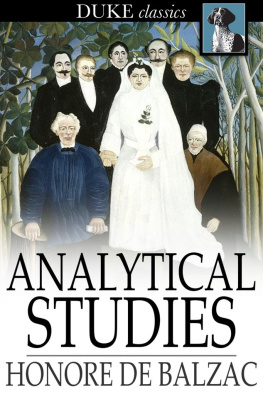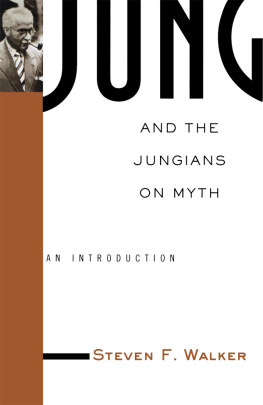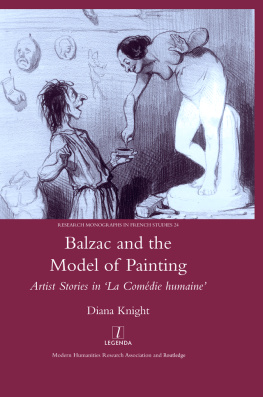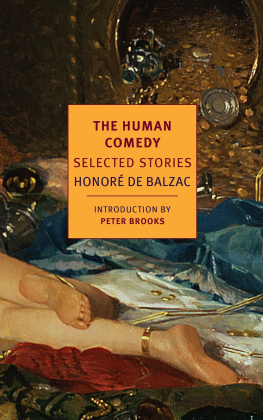EPIPHANIUS WILSON AND J. WALKER MCSPADDEN
BALZAC AS A DRAMATIST
Table of Contents
BY
EPIPHANIUS WILSON
Honore de Balzac is known to the world in general as a novel-writer, a producer of romances, in which begin the reign of realism in French fiction. His Comedie Humaine is a description of French society, as it existed from the time of the Revolution to that of the Restoration. In this series of stories we find the author engaged in analyzing the manners, motives and external life of the French man and woman in all grades of society. When we open these volumes, we enter a gallery of striking and varied pictures, which glow with all the color, chiaroscuro and life-like detail of a Dutch panel. The power of Balzac is unique as a descriptive writer; his knowledge of the female heart is more profound, and covers a far wider range than anything exhibited by a provincial author, such as Richardson. But he has also the marvelous faculty of suggesting spiritual facts in the life and consciousness of his characters, by the picturesque touches with which he brings before us their external surroundingsthe towns, streets and houses in which they dwell; the furniture, ornaments and arrangement of their rooms, and the clothes they wear. He depends upon these details for throwing into relief such a portrait as that of Pons or Madame Hulot. He himself was individualized by his knobbed cane abroad, and his Benedictine habit and statuette of Napoleon at home; but every single one of his creations seems to have in some shape or other a cane, a robe or a decorative attribute, which distinguishes each individual, as if by a badge, from every other member of the company in the Comedy of Life.
The art of characterization exhibited by the author fascinates us; we gaze and examine as if we were face to face with real personages, whose passions are laid bare, whose life is traced, whose countenance is portrayed with miraculousness, distinctness and verisimilitude. All the phenomena of life in the camp, the court, the boudoir, the low faubourg, or the country chateau are ranged in order, and catalogued. This is done with relentless audacity, often with a touch of grotesque exaggeration, but always with almost wearying minuteness. Sometimes this great writer finds that a description of actuality fails to give the true spiritual key to a situation, and he overflows into allegory, or Swendenborgian mysticism, just as Bastien-Lepage resorts to a coating of actual gilt, in depicting that radiant light in his Jeanne d'Arc which flat pigment could not adequately represent.
But this very effort of Balzac to attain realistic characterization has resulted in producing what the ordinary reader will look upon as a defect in his stories. When we compared above the stories of this writer to a painting, we had been as near the truth, if we had likened them to a reflection or photograph of a scene. For in a painting, the artist at his own will arranges the light and shade and groups, and combines according to his own fancy the figures and objects which he finds in nature. He represents not what is, but what might be, an actual scene. He aims at a specific effect. To this effect everything is sacrificed, for his work is a synthesis, not a mere analysis. Balzac does not aim at an effect, above and independent of his analysis. His sole effort is to emphasize the facts which his analysis brings to light, and when he has succeeded in this, the sole end he aims at is attained. Thus action is less important in his estimation than impression. His stories are therefore often quite unsymmetrical, even anecdotic, in construction; some of them are mere episodes, in which the action is irrelevant, and sometimes he boldly ends an elaborate romance without any dramatic denouement at all. We believe that Honore de Balzac was the first of European writers to inaugurate the novel without denouement, and to give the world examples of the literary torso whose beauty and charm consist not in its completeness, but in the vigor and life-like animation of the lines, features, and contours of a detached trunk.
It is not surprising, therefore, that when we come to study the dramas of Balzac we find that the very qualities that give effectiveness to a stage representation are wanting in them. For the qualities which make a realistic tale impressive render a play intolerable. Thus Balzac's stage pieces are interesting, exciting and vivid in many passages, but they cannot stand the searching glare of the footlights. Balzac, in the first place, looked upon the drama as a department of literature inferior to that of romance, and somewhat cavalierly condescended to the stage without reckoning on either its possibilities or its limitations. He did not take to play-writing because he had exhausted his vein of fiction, but because he was in need of money. This was during the last years of his life. In this period he wrote the five plays which are included in the authorized edition of his works.
Balzac's first play was Vautrin, and Vautrin appears as the name of the most astonishing and most original character which Balzac has created and introduced in the five or six greatest novels of the Comedy. So transcendent, super-human and satanic is Vautrin, Herrera, or Jacques Collin, as he is indifferently called, that a French critic has interpreted this personage as a mere allegorical embodiment of the seductions of Parisian life, as they exist side by side with the potency and resourcefulness of crime in the French metropolis.
Vautrin is described in the Comedie Humaine as the tempter and benefactor of Lucien de Rubempre, whom he loves with an intense devotion, and would exploit as a power and influence in the social, literary and political world. The deep-dyed criminal seems to live a life of pleasure, fashion and social rank in the person of this protege. The abnormal, and in some degree quixotic, nature of this attachment is a purely Balzacian conception, and the contradictions involved in this character, with all the intellectual and physical endowments which pertain to it, are sometimes such as to bring the sublime in perilous proximity to the ridiculous. How such a fantastic creation can be so treated as to do less violence to the laws of artistic harmony and reserve may be seen in Hugo's Valjean, which was undoubtedly suggested by Balzac's Vautrin. In the play of Vautrin, the main character, instead of appearing sublime, becomes absurd, and the action is utterly destitute of that plausibility and coherence which should make the most improbable incidents of a play hang together with logical sequence.
Balzac in the Resources of Quinola merely reproduces David Sechard, though he places him in the reign of Philip the Second of Spain. He went far out of his way to make Fontanares the first inventor of the steamboat; the improbability of such a supposition quite forfeits the interest of the spectators and, in attempting to effect a love denouement, he disgusts us by uniting the noble discoverer with the vile Faustine. Even the element of humor is wanting in his portrayal of Quinolawho is a combination of the slave in a Latin comedy and the fool, or Touchstone of Shakespeare. This play is, however, ingenious, powerful and interesting in many passages.













